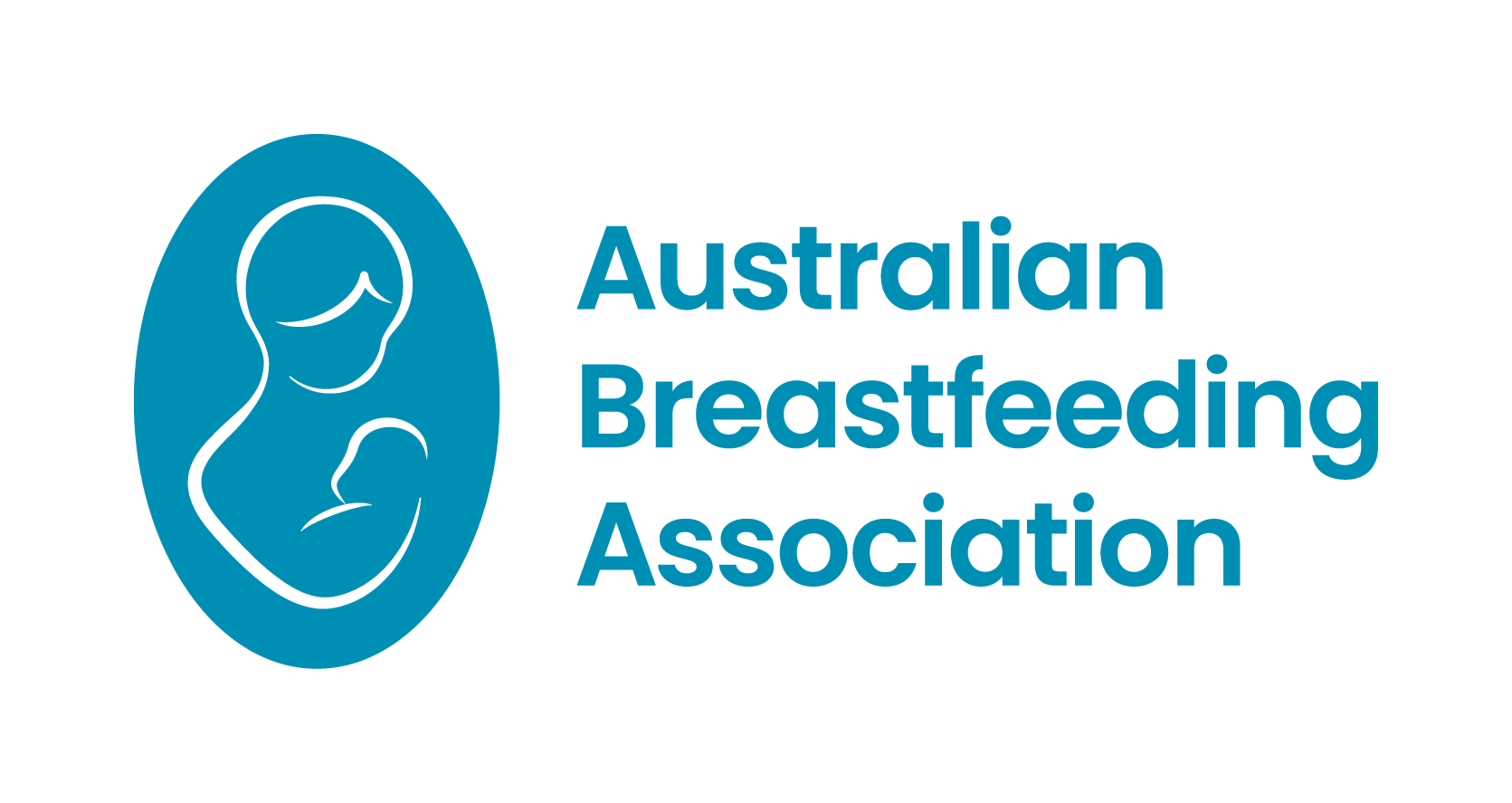Methods and Success Factors of Induced Lactation: A Scoping Review
Cazorla-Ortiz G, Obregón-Guitérrez N, Rozas-Garcia MR, Goberna-Tricas J.J Hum [...]
Cazorla-Ortiz G, Obregón-Guitérrez N, Rozas-Garcia MR, Goberna-Tricas J.J Hum [...]
Hoban R, Poeliniz CM, Somerset E, Lai CT, Janes [...]
Grimes HA, Forster DA, Shafiei T, Amir LH, McLardie-Hore [...]
de Senna AFK, Giugliani C, Avilla J, Bizon AMBL, [...]
Whipps MD, Demirci JR.Public Health Nutr. 2020 Aug 4:1–7. [...]
Huang SK, Chih MH.Breastfeed Med. 2020 Aug 14. doi: [...]
Betts CB, Quackenbush A, Anderson W, Marshall NE, Schedin [...]
Tawia S, Bailey C, McGuire E, James J.Women Birth. [...]
Iris S, Yael B, Zehava Y, Ella P, Hannah [...]
Black R, McLaughlin M, Giles M.Br J Health Psychol. [...]
Terms of service
Contact ABA
Need help now?
Call our Breastfeeding Helpline

Acknowledgement of Country
The Australian Breastfeeding Association acknowledges the Traditional Owners of the lands known as Australia. We wish to pay our respects to their Elders past and present and acknowledge Aboriginal and Torres Strait Islander women who have breastfed their babies on Country for more than 60,000 years, and the partners, families and communities who support them.
ABN: 64005081523
The Australian Breastfeeding Association is a Registered Training Organisation
(RTO 21659) and receives funding from the Australian Government.
Quality Indicator Survey Results.
Copyright © Australian Breastfeeding Association | ABA receives funding from the Australian Government

